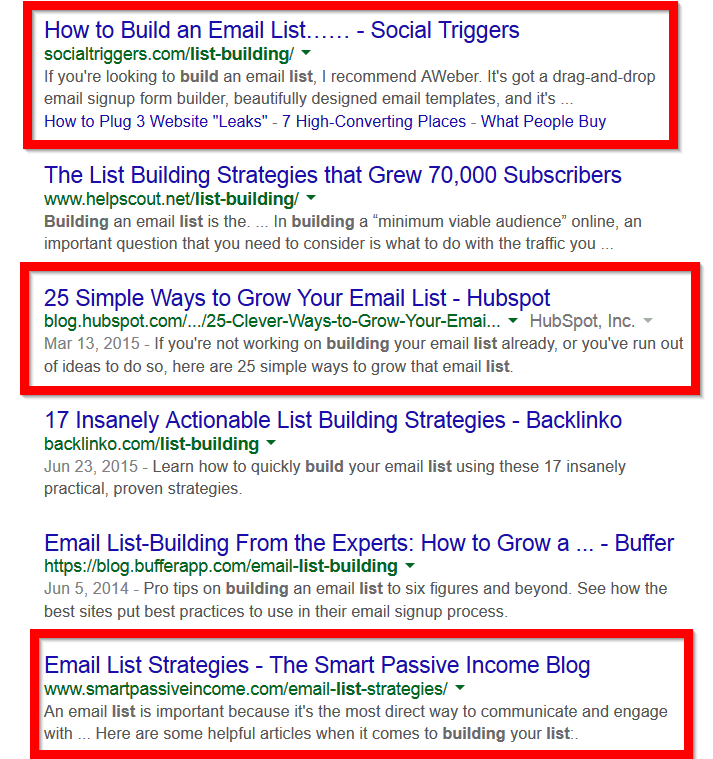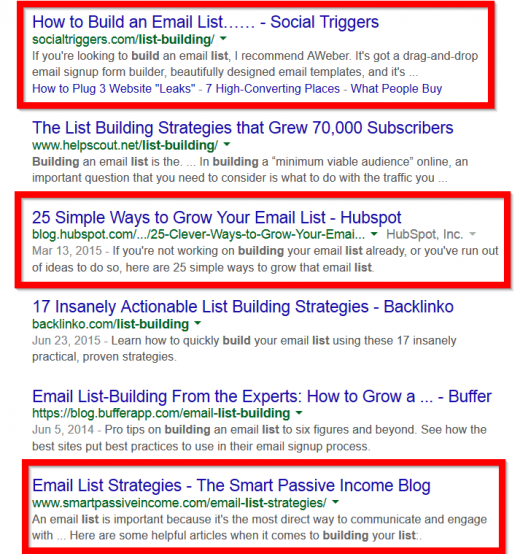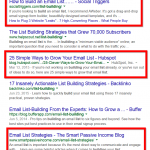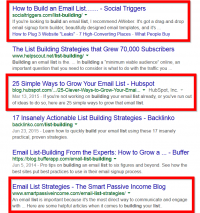Google’s Top 100 How-To Searches Inspire Visual Interactive Website
Google’s Top 100 How-To Searches Inspire Visual Interactive Website
by Laurie Sullivan @lauriesullivan, September 1, 2017
Google and its video site YouTube have capitalized for years on the thirst for knowledge and the ability to ask questions in exchange for answers.

Most of those questions focus on how-to searches. How to change a tire. How to make carrot cake. How to get from Manhattan to Jersey City and back again. Even how to fix a toilet.
Working with Google Trends and the Google News Labs, Xaquin G.V., an interactive visual data journalist, created a website that uses data-related searches conducted by users about “how to” do things.
The data tells a story and provides insight into the human psyche, but Xaquin also needed to know some of the basics, such as how to fix a toilet. During the process of investigative searches, he got carried away with all the possibilities of finding “how to” fix things. He wrote an essay on the topic and joined it with interactive drawings, analyzing the top how-to searches per region.
Xaquin’s essay examines the top 100 How To searches conducted worldwide. He divided the results into categories, complete with interactive features.
The results reveal that walls, doors and windows were the fixtures people searched for most in nearly every country. How to fix a toilet searched indexed at 34 in the United States, while how to fix a door indexed at 100. How to fix a window indexed at 57, and how to fix a sink indexed at 16.
People also want to know how to make pancakes, make money, lose weight, boil eggs, write a resume, save money, write a check, and start a business.
He wrote that a “good chunk of the most-searches how-tos seemed as if they were asked by someone between the age of 12 and 21. Those queries really wanted to know how to kiss, ask a girl out, and impress a girl, he wrote.
The essay and website not only capitalize on the phrase “how to,” but demonstrates a long mantra of Google’s that demonstrates how much people depend on search to find answers for everyday questions.
The global data is language-agnostic, meaning it takes into account the “often overlooked fact that not everyone in the world speaks English,” writes Xaquin.
MediaPost.com: Search Marketing Daily
(50)




